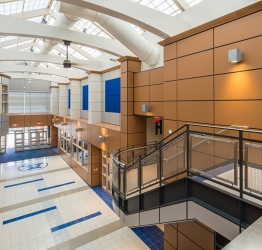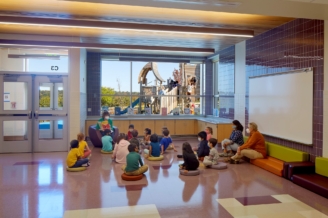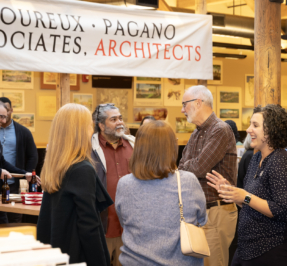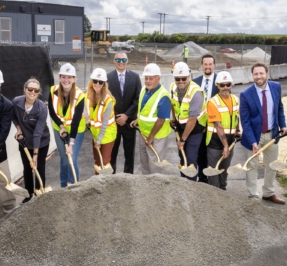Designing for Contemporary Schools
Today’s schools have challenges and opportunities that were not even a consideration for educational institutions 20 or 30 years ago. Changes in technology, security, energy efficiency, flexible curriculum delivery, and more inclusive accommodation of special education including autism spectrum disorders are among the areas requiring attention and consideration in the design of a modern school that meets the needs of a contemporary educational program.
As an example, flexible learning spaces allow teachers to customize their classrooms. Furniture and equipment that is portable and can easily be reconfigured multiple ways serve not only to facilitate individual and project-based learning as needed, but also can accommodate students with disabilities who may require a customized configuration of furniture and/or lighting.

Nelson Place Elementary School Classrooms
Recently LPA has been working with Worcester Public Schools on the design of a new Nelson Place Elementary School, which will have higher rates of kids with disabilities than other schools in the district, including serving 50% of the city’s autistic students. Given that, there are several features in the design unique to their population; observation rooms adjacent to classrooms will allow parents and staff to observe students’ behavior without distracting or intruding as children learn. A mix of large and small spaces can provide a place to withdraw to when overwhelmed or overstimulated, while still being part of the class. The goal is for students with special needs to be integrated with the general population of the school as much as possible.
With extended day and year round programs becoming more common to support parent work schedules, schools more often need to be air conditioned for summer use. Additionally, many schools today are meeting other community needs. Town meetings, boy and girl scouts, and other community meetings held at the school require a space that can be accessed easily and isolated from the rest of the school to keep the building secure.
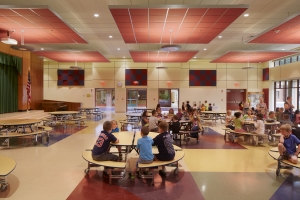
At the John R. Briggs Elementary School in Ashburnham, an LPA project completed in 2013, nearly one quarter of its students are in extended day programs. To meet the needs of an after-school program of this scope, additional storage, such as cubbies for backpacks and other support features needed to be available in the cafeteria and art room. These spaces also needed to be located near entrances for parents picking up in the late afternoons and evenings.
Security considerations have changed dramatically in recent years, and technology and communication systems have a key role in keeping schools secure. The challenge is to provide discreet security measures while maintaining a warm and welcoming environment for students and the community.
Energy efficiency technology has also seen significant change. Recycled and locally sourced materials, LED lighting with occupancy and daylight sensors, low water usage fixtures, triple pane windows, and the use of alternative energy sources are a few of the many options for schools looking to meet the highest standards of energy efficiency.
The evolving needs of schools requires excellent and ongoing communication between teachers, administrators, town officials, architects, and construction companies, something that LPA strives for in all of its projects. LPA staff immerse themselves in each community’s culture to develop solutions that best support the school and community’s objectives, and while many schools share similar challenges, each project is unique and requires an individualized plan.
Categorized In: Articles, News
Tagged In: Auburn, K-12 Schools
Share This



